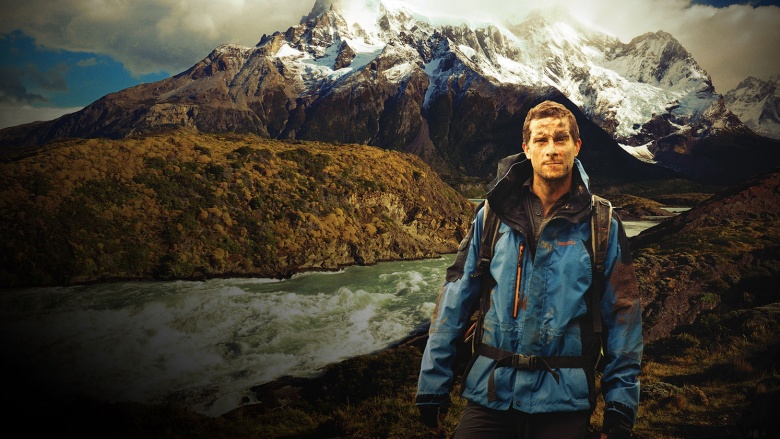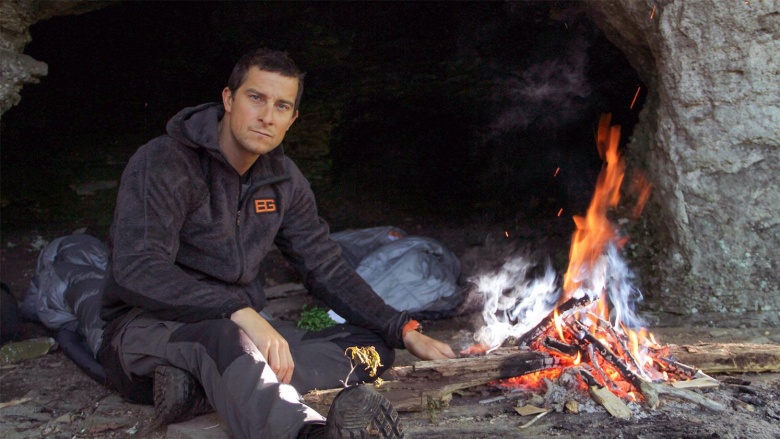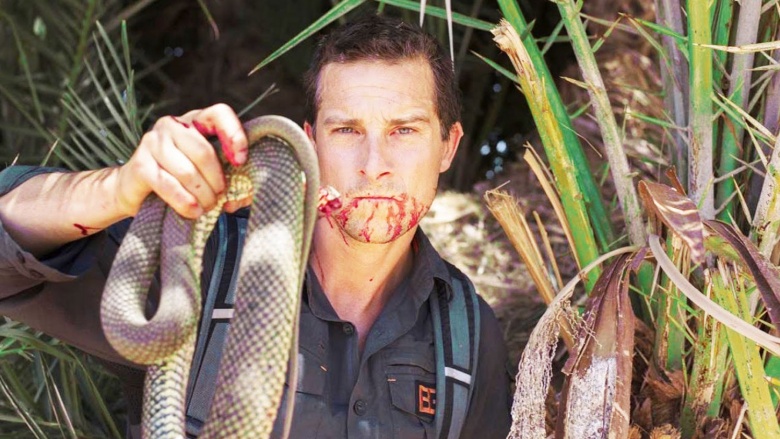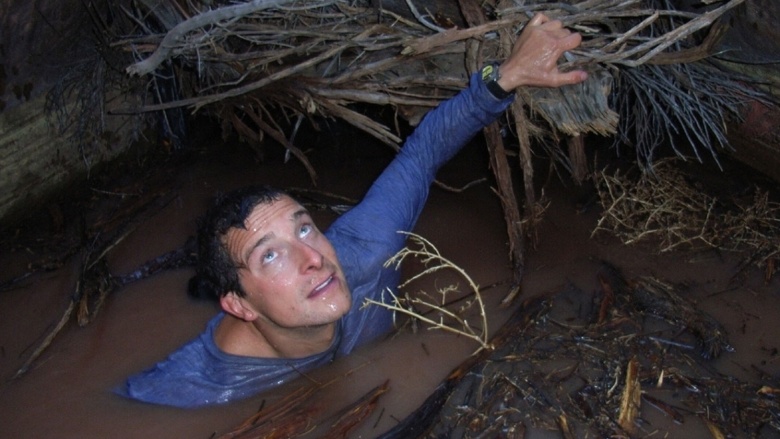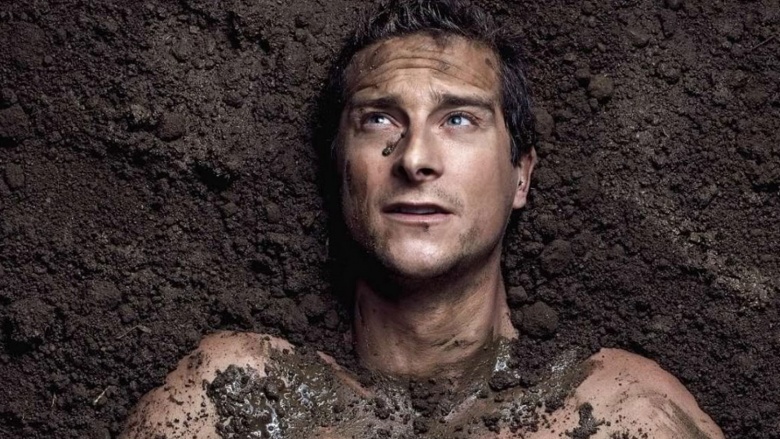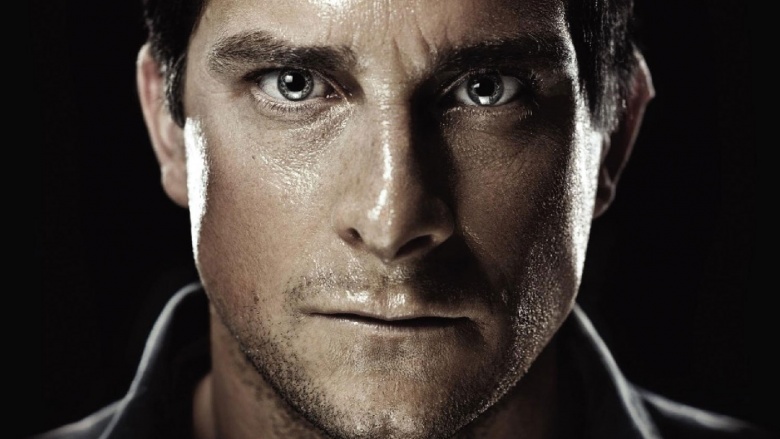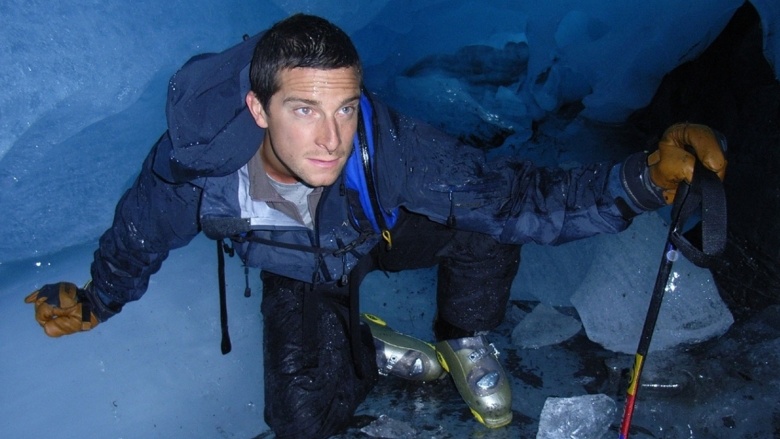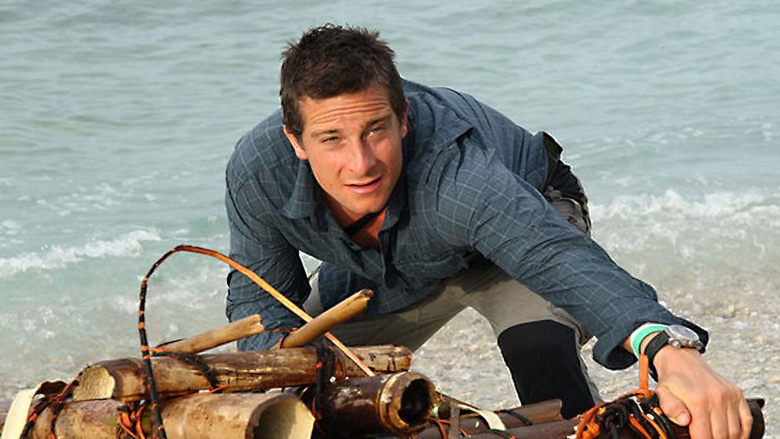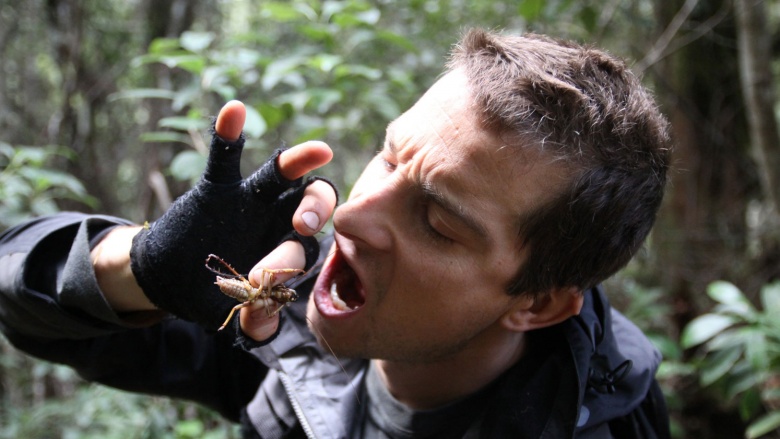Reasons Why Man Vs. Wild Is Totally Fake
Although it's been off the air since 2011, you can still frequently find episodes of Man vs. Wild in reruns on the Discovery Channel in the U.S. or on the BBC in the U.K.—where it was known as Born Survivor. You've probably seen at least one episode of the adventure show featuring host Bear Grylls as he excitedly bounds through the wilderness, demonstrating "survival" techniques. If you've thought some of those situations seemed a little...contrived at first glance, you're right. Allegations and confirmed instances of fakery have surrounded the production of Man vs. Wild over the years, some of which were apologized for by Grylls and the producers. Let's take a look at all the reasons Man vs. Wild is totally fake.
Bear Grylls isn't a survival expert
Although Bear Grylls claims to be a survival and bushcraft expert, a closer examination shows he was not closely involved in the world of survival instruction or bushcraft before starting his show. Grylls was in the military as a member of the U.K.'s 21st SAS division for three years, and as part of that unit he was trained in combat survival skills. But Grylls didn't originally come to prominence for either of those reasons: before his big TV break with Man vs. Wild in 2006, he became famous in his 20s after several widely publicized adventures and expeditions—including climbing Mount Everest at age 23, crossing the North Atlantic in an inflatable boat, and hosting a dinner party in a hot-air balloon at 25,000 feet.
While these adventures and exploits were no doubt grueling experiences, they don't necessarily qualify one to be a survival expert. When you compare Grylls' résumé to those of fellow survival experts and television stars Ray Mears and Les Stroud, it becomes clear that his experience pales in comparison to theirs. Mears has taught bushcraft skills since 1983, to both private citizens and also to the military. He even was utilized by U.K. police to track down a murderer who went on a shooting spree before going to ground in a heavily wooded area. Similarly, Stroud has served as a wilderness survival instructor since 1990, and teaches survival skills to the Canadian military.
He doesn't actually stay in the wild
One of the many allegations leveled by critics of his show is that Grylls didn't actually stay in the wild while filming many episodes. While the premise of Man vs. Wild is one man alone against the elements, on several occasions those "elements" involved four walls and a roof, along with room service. Survival experts who worked for the show as advisers claimed this happened on several occasions: while filming an episode in the Sierra Nevada mountains, Grylls enjoyed the nightly hospitality of "The Pines Resort at Bass Lake"—a modern lodge resort offering two on-site restaurants, a spa, and other amenities—and during another episode, Grylls was supposedly stranded on a desert island that turned out to actually be a Hawaiian archipelago, where he again spent his nights in a local hotel.
The techniques he teaches aren't real...
On many occasions, Grylls has presented dubious survival techniques that aren't actually usable in real life. While filming an episode in the heat of Africa, Grylls claimed that you could squeeze and drink water out of elephant dung. Survivorman star and bushcraft instructor Les Stroud—who has filmed several episodes of his show in Africa—went on record during a Reddit AMA to debunk that technique: "It is NOT possible to squeeze drinkable water out of elephant dung—well, it is when your cameraman has soaked it with bottled water."
...and sometimes they're dangerous...
That's right—many of the techniques that Grylls casually illustrated on Man vs. Wild can actually make your situation worse or endanger you. We're not even going to get into the urine drinking incident, which is obviously a bad idea for many reasons. The two most common dangerous techniques that Grylls frequently espoused or demonstrated on his show involved hurrying through dangerous terrain and getting wet when he doesn't have to.
For those familiar with the show, you know Grylls hardly ever walked anywhere—particularly when he was on a mountain. Instead, he ran, jumped, leaped and swung his way down cliffs, mountainsides, and crevasses. On one occasion, Grylls even took a long tree branch and literally pole-vaulted down several hundred feet of rocky terrain.
...or could even kill you.
In a true survival situation, any injury you receive could drastically decrease your chances of making it out alive. A simple broken ankle miles from civilization could be a death sentence. If you're in a situation where you have to navigate difficult terrain, take the time to scout out the area and find the safest way down to lower ground. Even if going around may take you much longer, being alive and uninjured will be worth the extra time.
Grylls seems to enjoy getting wet at every opportunity. He's rappelled with vines down waterfalls, gone for swims across frigid arctic waters, and gone down river rapids on a pile of plastic tarp and branches he called a "raft." Beyond the very real danger of drowning in such situations, or injuring yourself in a slip or fall, getting wet in the wild is one of the worst things you can do. Hypothermia occurs when the body's core temperature drops three degrees or more from normal. It can set in extremely quickly, especially when you are wet. If you'd like to see how the effects of being wet compounds the threat of hypothermia, check out this experiment, which appeared on one of survival instructor Ray Mears' shows.
He's even endangered his own children
If you're still not convinced that Bear Grylls is a poor role model for survival instruction and everything shown on Man vs. Wild should be taken with a large grain of salt, consider this: in 2015, Grylls came under some pretty harsh criticism after he left his 11-year-old son Jesse on a rocky ocean outcrop as the tide came in. He set it up as a training exercise for the Royal National Lifeboat Institution, so the lifeboat crews could practice a live rescue of a child. The RNLI—who didn't know about Grylls' stunt beforehand—was not impressed, with a spokesman saying, "The crew tell me they didn't know Bear's son was going to be on the rocks. I certainly wouldn't put my young son on those rocks."
Earlier in 2015, Grylls came under fire for admitting that he takes his three young children paragliding without helmets. "We probably should have helmets and stuff like that, but the thing is, I know how to do it safely," Grylls said. Do you want an "expert" who puts his own kids in dangerous situations to be the one giving you survival tips?
He's faked numerous scenes
On numerous occasions, entire scenes on Man vs. Wild were faked for the audience. These instances came to light after a former crew member went public about how certain scenes were filmed, alleging that producers frequently arranged for fake situations. For example, a wild "mustang" that Grylls attempted to catch and ride in one episode was really a tame animal rented from a local trekking lodge. In another episode, Grylls leaped over a chasm of flowing lava—which was actually an illusion created by hot coals, lighter fluid, and a smoke machine.
He gets help from his crew
In addition to the faked scenes, Man vs. Wild has become notorious for the scenarios which were set up ahead of time by the crew for Grylls. While most "on location" survival shows—like Les Stroud's Survivorman—employ local experts to prepare the host for unique survival methods indigenous to the area, Man vs. Wild takes it even a step further. On several occasions, the show's producers, hired experts and crew provided Grylls with tools and other survival "props." In an episode where Grylls is shown constructing a bamboo raft, it was revealed later that a hired expert and the crew actually built the raft for Grylls before dismantling it so he could be shown reassembling it on camera.
They've admitted it's fake
After controversy emerged in 2008 over the aforementioned scenes, Grylls and Discovery both apologized for the fakery used on the show. Grylls told the BBC, "If people felt misled on how the first series was represented, I'm really sorry for that." The Discovery Channel admitted that "isolated elements" were not "natural to the environment," and promised future seasons would be more transparent.
To fulfill that, they added a two-second disclaimer at the beginning of each episode which reads, "Bear Grylls and the crew receive support when they are in potentially life-threatening situations, as required by health and safety regulations. On some occasions, situations are presented to Bear so he can demonstrate survival techniques. Professional advice should always be sought before entering any dangerous environment." Let us translate that for you: 'Man vs. Wild is totally fake, Bear Grylls is not a survival expert, and you shouldn't use any of the often-dangerous techniques you see demonstrated on this show.'

